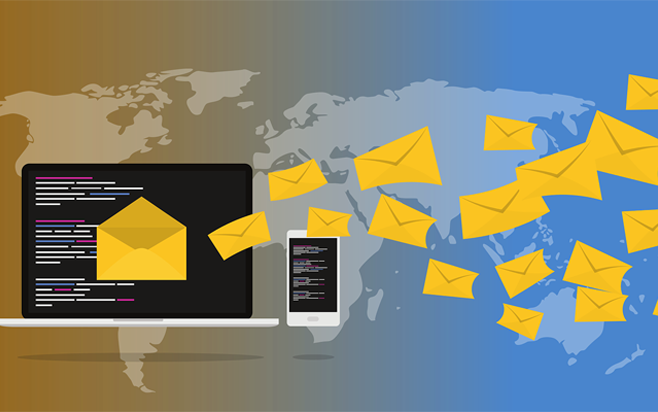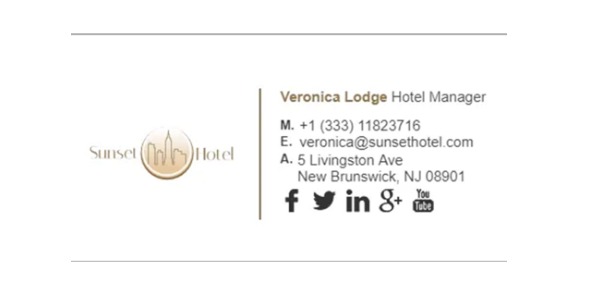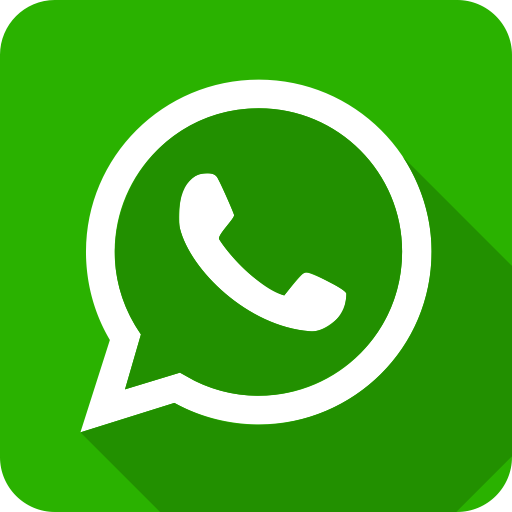
In this lesson, you will learn:
- Professional email practice
- Professional use of messaging apps, incl. Whatsapp and Facebook
At the end of this lesson, you should be able to:
- Understand international messaging best practice
- Send and reply to emails, incl. attachments
- Set up an email signature
- Create message groups
Professional email practice
Every email you send is a chance to make a good impression...or a bad one, with consequences for your business. Let's look at some correct email etiquette for your business emailing:
.svg)

Use the To field to address your mail to anyone that you are speaking to directly. Cc sends a copy of your mail and is used to inform others about your mail but no response is needed from them.
The Bcc field should be used sparingly. Recipients in the To or Cc field can't see that you have sent the mail to the address in the Bcc field so this can be considered an invasion of their privacy.
The only - and very good - reason to use the Bcc field is when you are sending your mail to a group of people who don't know each other. Putting all the addresses in the To or Cc field creates a privacy issue as you would be sharing these email addresses without consent. For example, if you are mailing tour details to a large tour group, you would use the Bcc field for the various email addresses. In this way, the recipient knows that they have been addressed as part of a group, but they can't see the other email addresses. Here's how.

A good subject line is often the decider of whether an email is opened or not. Write a clear, concise subject line that reflects what your email is all about.
Don't ever leave a subject line blank, and don't reply to an email with a given subject line while discussing a new topic; rather start a new email with an appropriate subject line.
.svg)
Using "Hi" and "Hey"communicate a lack of professionalism. Begin your email with phrases such as "Dear", "Good morning", "Good day", "Greetings" or "Hello" followed by the person's name e.g. Good day Mr Patel.

Replying within 24 hours is common courtesy. Leaving someone waiting for any longer may be perceived as rude and cost you business. Apologise If you've unintentionally kept someone waiting longer. Its particularly important to reply to business enquiries, such as accommodation requests, within a few hours if possible as this shows the potential customer that you care.
Write professionally
Business email is very different from personal email, so don't use emojis, acronyms (LOL, OMG, BTW), abbreviations such as "u" instead of "you" or too many exclamations (!!!). These may be appropriate when emailing friends but are definitely out for your business email.

Never send large attachments of a number of MB in size without clarifying with the recipient that this is in order. Receiving very large mails can cause mailbox problems and create a poor impression of you and your business.
If you need to send many photos or other large files, rather upload to a file-sharing app such as Dropbox or compress the images into a ZIP file before sending. This is simply courteous.

Every email should include a signature that tells the recipient who you are and how to contact you. Set up your signature block in your email account settings so that it automatically appears at the end of each email. Include all of your contact details so that the recipient doesn't have to look up your address, email or phone number. You can also include your website URL or social media tags, such as your FaceBook or Instagram name.
Below is a good example. Try building your own at Gimmio.

Professional use of messaging apps

Facebook Messenger and WhatsApp are the most widely used messaging apps worldwide and offer a quick and cheap way to interact. Bear in mind, though, that not everyone is comfortable with these forms of communication. For example, some European and American users are uncomfortable sharing their FaceBook profile and therefore are not keen to use Messenger
WhatsApp can be very useful e.g. when providing travel directions and is the most widely accepted instant messaging app.
Similar to email etiquette, though, remember to use more polite communication than what you would use with friends; don't use emojis, acronyms (LOL, OMG, BTW), abbreviations such as "u" instead of "you" or too many exclamations (!!!).
A general rule of thumb is to communicate with customers using the medium that they used to contact you: if they contacted you via email, then reply by email, while if they contacted you via Messenger then reply using this medium.
Summary
- Correct email and messaging etiquette is important to create a good impression of your business.
- The only time the BCC email field should be used is when you are sending your mail to a group of people who don't know each other. This avoids sharing their email addresses.
- Communicate with customers using the medium that they used to contact you: if they contacted you via email, then reply by email, while if they contacted you via Messenger or WhatsApp then reply using these mediums.